Gardens are not just for humans; they can also serve as havens for wildlife, providing food, shelter, and nesting sites for a variety of creatures. By intentionally designing your garden to support local wildlife, you can create a thriving ecosystem right in your backyard. In this guide, we’ll explore how to create a wildlife habitat in your garden, fostering biodiversity and promoting harmonious coexistence with nature.
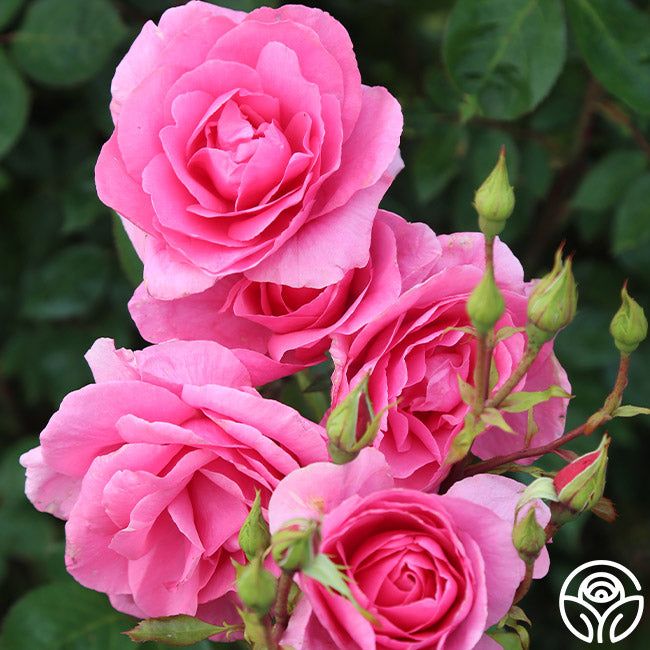
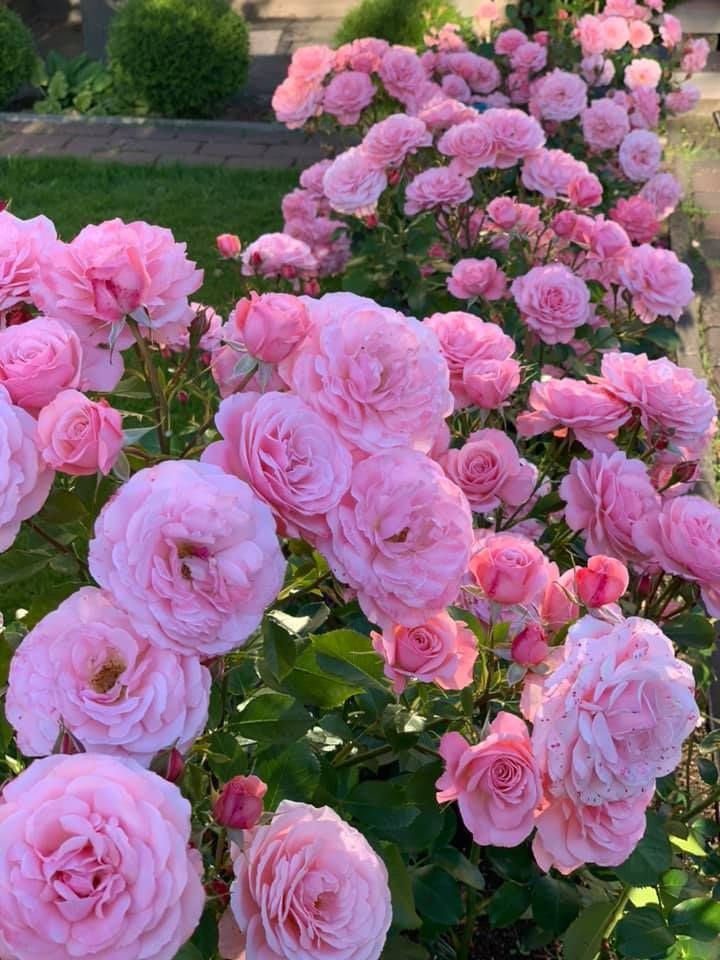
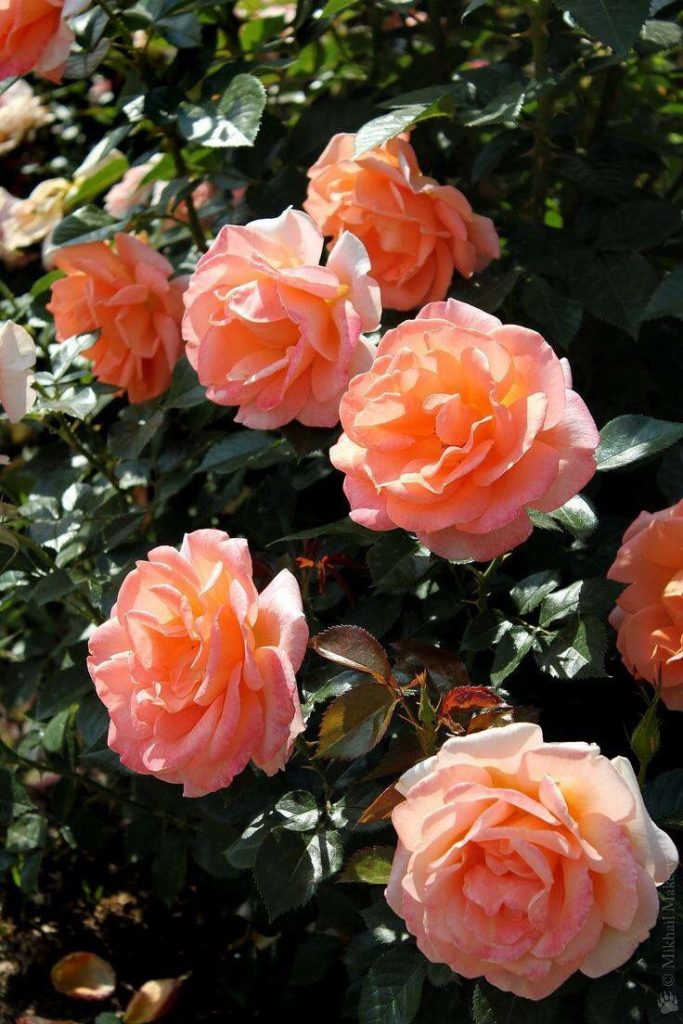
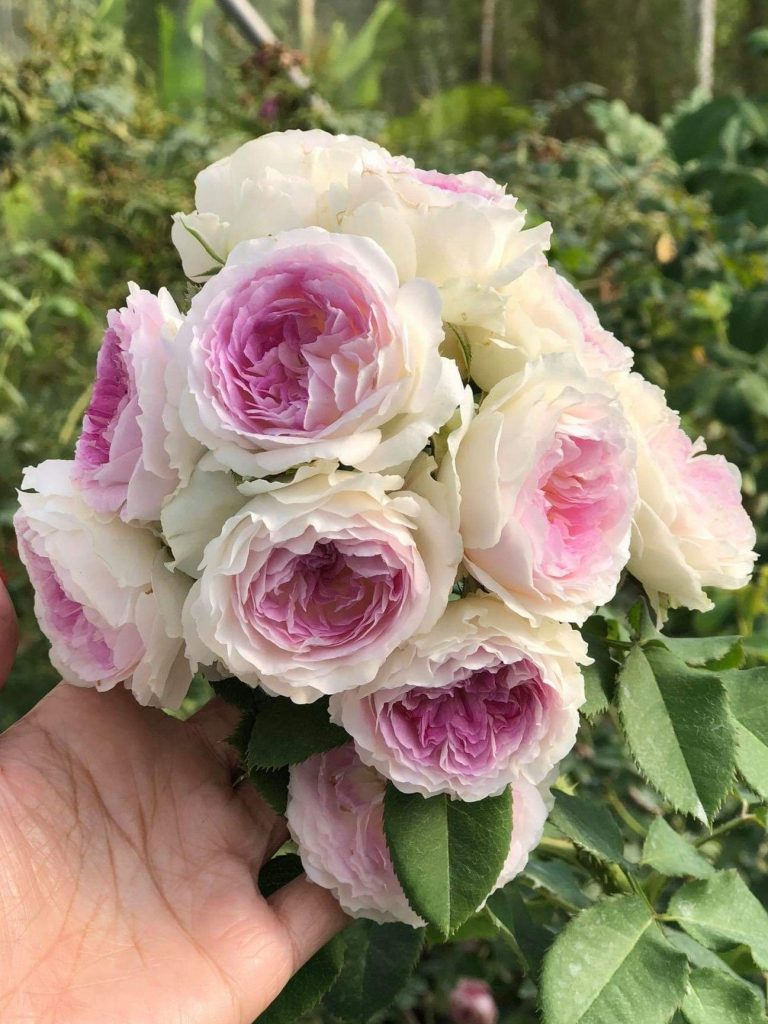
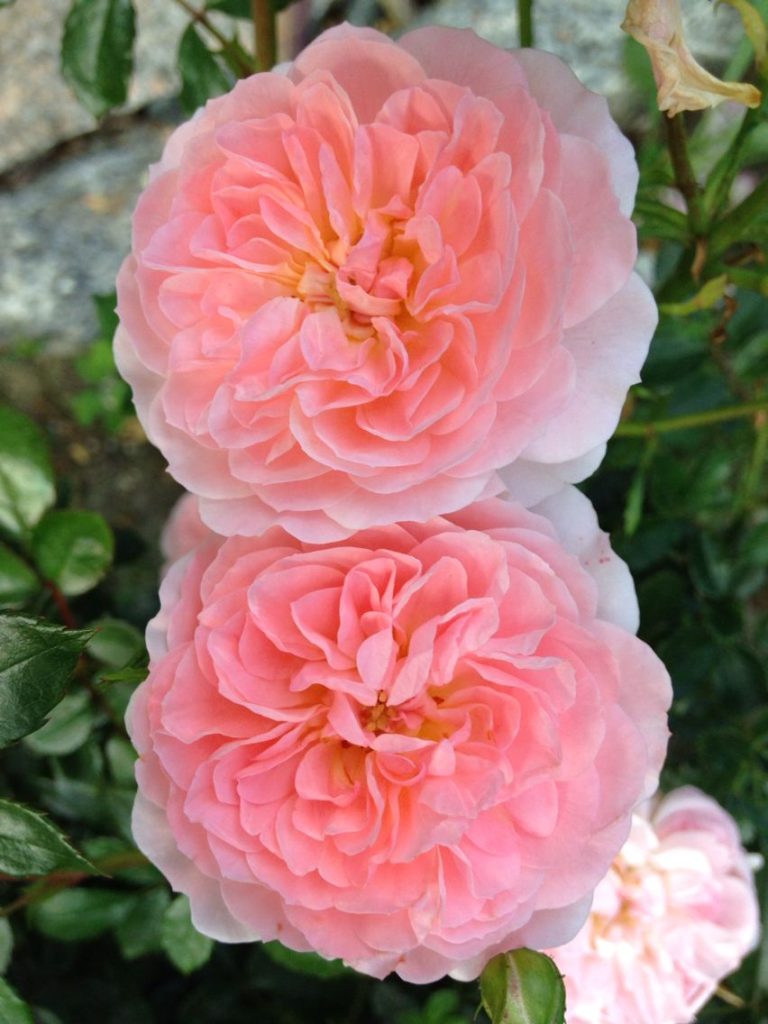
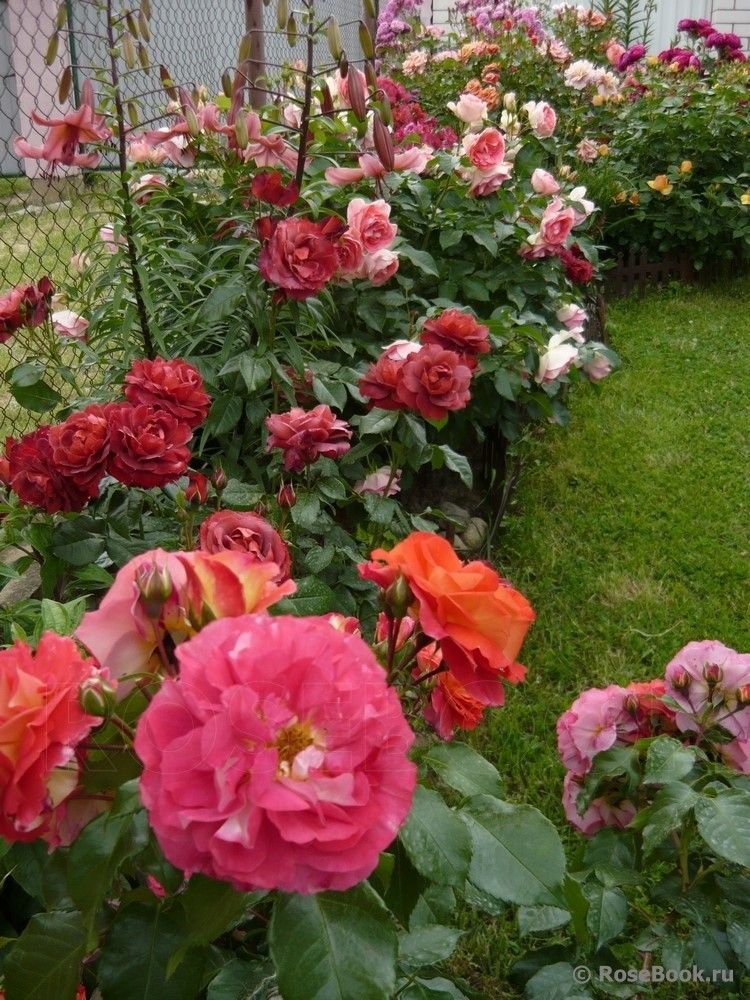
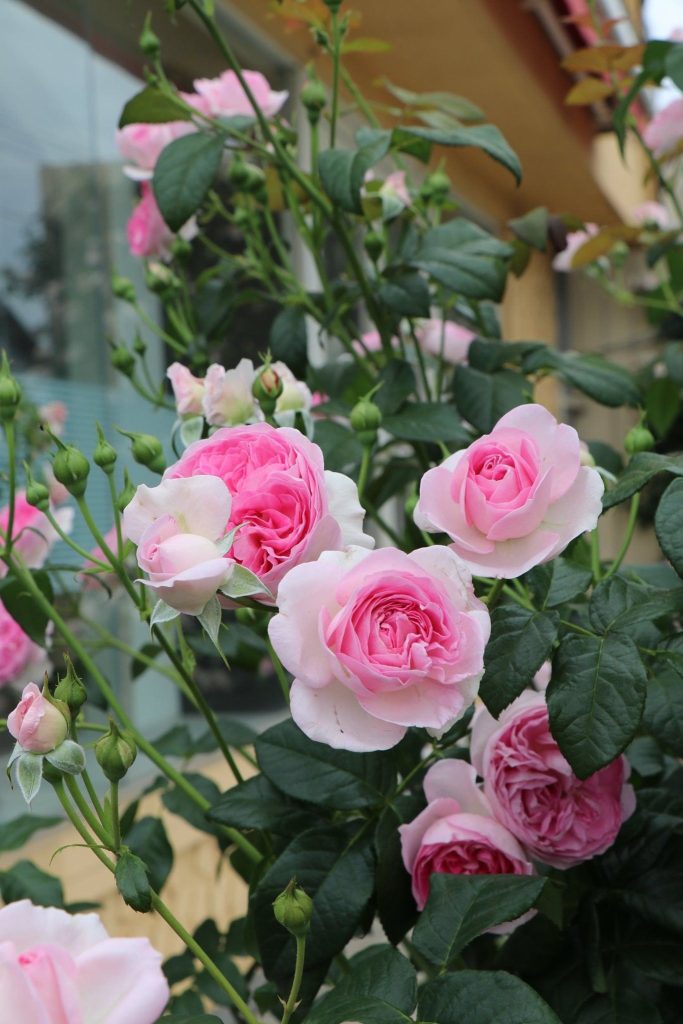
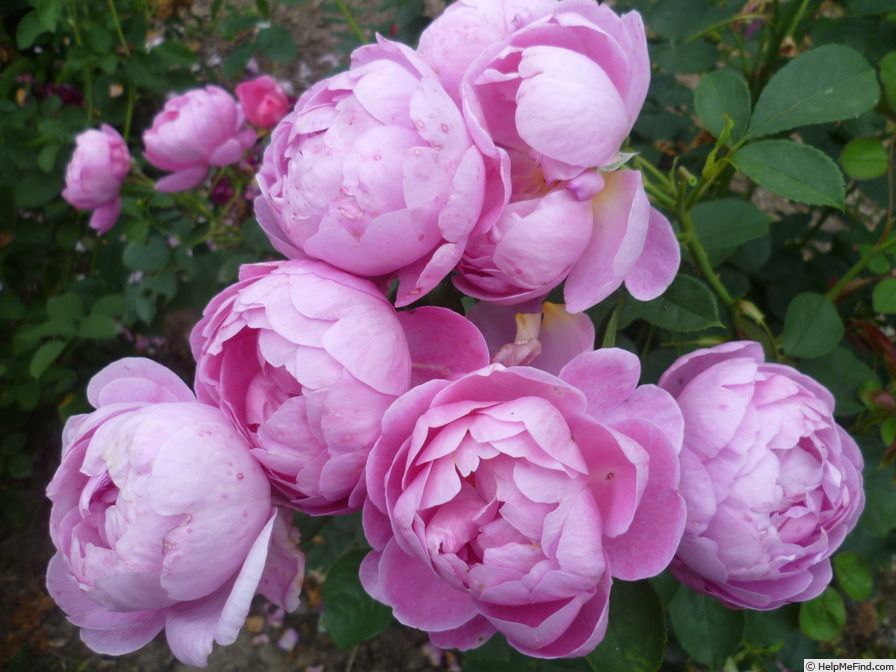

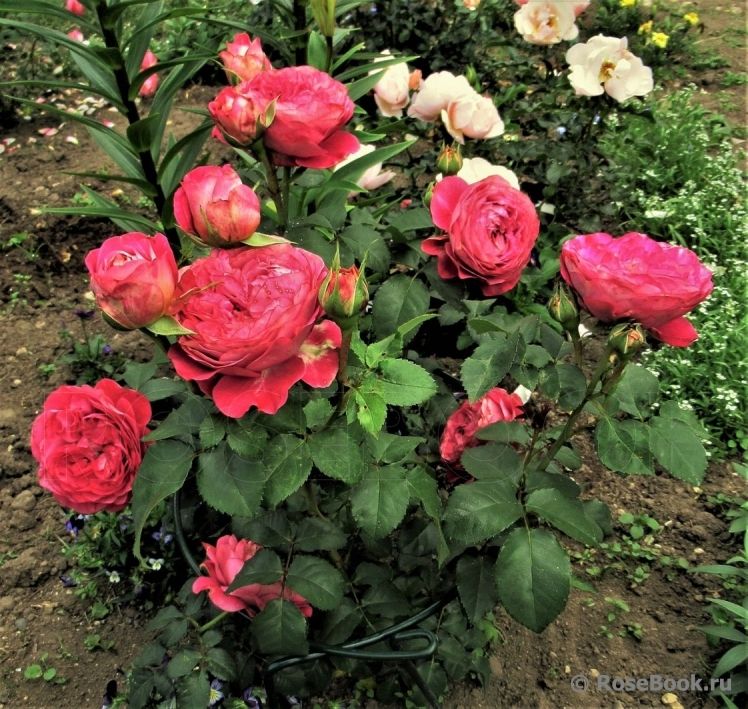
Understanding Wildlife Needs
Tip: Before transforming your garden into a wildlife habitat, it’s essential to understand the needs of the local wildlife in your area. Different species have varying habitat requirements, including food, water, shelter, and space. Research the native wildlife in your region to determine how best to support them in your garden.
Providing Food Sources
Tip: Incorporate a variety of plants that produce seeds, berries, nectar, and fruits throughout the year to provide food for wildlife. Choose native plants whenever possible, as they are best adapted to the local ecosystem and provide essential food sources for native wildlife.
Creating Shelter and Nesting Sites
Tip: Incorporate a diverse range of plants, trees, shrubs, and grasses to provide shelter, nesting sites, and hiding places for wildlife. Include features such as brush piles, rock piles, fallen logs, and dense vegetation to create habitats for birds, mammals, reptiles, and insects.
Adding Water Sources
Tip: Provide water sources such as bird baths, ponds, or small water features to attract wildlife to your garden. Make sure to keep the water clean and refreshed regularly, especially during dry periods, to ensure it remains a reliable source of hydration for wildlife.
Minimizing Chemical Use
Tip: Minimize or eliminate the use of chemical pesticides and herbicides in your garden, as they can harm wildlife and disrupt the natural balance of the ecosystem. Instead, opt for organic gardening practices and natural pest control methods to manage pests while preserving biodiversity.
Creating Habitat Diversity
Tip: Aim to create a diverse range of habitats within your garden, including open spaces, meadows, woodlands, and wetlands. Each habitat type will attract different species of wildlife, enhancing the overall biodiversity of your garden.
Providing Wildlife Corridors
Tip: Create wildlife corridors or connect your garden to nearby natural areas to allow wildlife to move freely between habitats. Plant native hedgerows, trees, or shrubs along property boundaries to provide safe passage for wildlife and promote genetic diversity among populations.
Educating and Engaging Others
Tip: Share your knowledge and passion for wildlife gardening with others in your community. Host workshops, volunteer events, or garden tours to inspire and educate others about the importance of creating wildlife habitats in urban and suburban landscapes.
Conclusion
Creating a wildlife habitat in your garden is not only beneficial for local wildlife but also for your own enjoyment and appreciation of nature. By providing food, water, shelter, and habitat diversity, you can attract a diverse array of wildlife species to your garden and promote biodiversity in your community.
So, roll up your sleeves, dig in the dirt, and let your garden become a sanctuary for wildlife. With a little effort and dedication, you can create a thriving wildlife habitat that brings joy, wonder, and connection to the natural world right outside your door. Happy gardening!